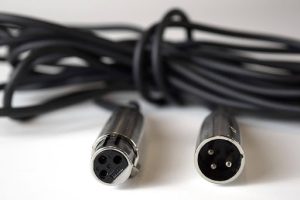How To Replace Your Honda Accord Battery

You count on the trusty battery under your Honda’s hood to deliver power when you start the engine. But one day, you turn the key and get nothing. Or your radio and headlights work, but your engine doesn’t turn over. Maybe that power drain’s been creeping up on you, with your engine taking longer and longer to start. All these signs mean that it’s time for a new battery. This quick guide can help with some tips for replacing your Honda Accord battery plus caring for it once it’s installed.
Table of Contents
How To Check if Your Honda Accord Battery Is Charged
Your car battery should last between three and five years. With that said, a few factors can impact their lifespans. Extreme temperatures can cause it to drain faster – hot temps can evaporate the liquid inside, while starting your engine in the cold calls for more power. Multiple short trips also deplete your battery because your vehicle isn’t running long enough to let the electrical system recharge it. Using a lot of electronic accessories may also put a heavier load on your battery.
Fortunately, you don’t have to let a depleted battery sneak up on you. Experts suggest testing it every six months. Testing it as part of your winterization routine is wise, but it’s also a good idea to check it before summer’s blazing heat sets in. You can conduct a simple test using a multimeter. Outside air temperatures may affect your measurement, but an average 12-volt battery should measure between 12.5 and 12.6 volts. And if you don’t plan on driving your Accord during winter, consider investing in a battery charger.
What Makes a Great Car Battery
As you shop for your 2017 Honda Accord battery, you may notice a few different battery styles. Traditional lead-acid or “flooded” batteries consist of six cells immersed in an electrolyte solution. Absorbent glass mat models use a fiberglass plate separator to hold the electrolyte solution. Lead-acid versions are the most cost-effective and provide dependable power for the average commuter vehicle. AGM batteries are pricier, but they last a little longer and are better at withstanding vibration and temperature extremes. You’ll also want to look at three important benchmarks when evaluating batteries:
- Cranking amps – the amount of current delivered at 32° F for 30 seconds when fully charged
- Cold cranking amps – the number of amps produced at 0° F for 30 seconds
- Reserve capacity – the number of minutes that a battery can be discharged at 25 amps and 80° F
Why are these numbers useful? Cranking amps and cold cranking amps tell you how much power your battery puts out in short bursts. Reserve capacity measures its capability to deliver power over a longer period of time.
Choosing the Best Battery for Your Accord
When purchasing your battery, you want a good combination of quality and value. You don’t need to spend a ton of money to get a high-quality model. The key is finding a replacement that suits your lifestyle and power needs.








